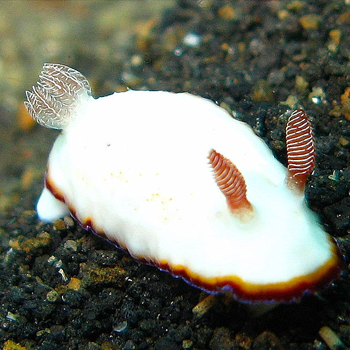Question #c4cb7
1 Answer
Geometry around the double bond of the molecule
Explanation:
Let's use 1,2-dichloroethene as our example.

